Written by guest blogger, Elena Cremonese, Halifax Municipal Archives Assistant
Ephemera: A brief history
There is always difficulty in archival work in choosing what has enduring value. Ephemera, by its very definition, may not initially seem very valuable—it’s something that existed for only a brief period of time, like pamphlets, brochures, posters, pins, stickers, patches, tickets, bus schedules, bookmarks, and so much more.
Even before I knew that this collection of odds and ends had its own name, and long before I ever worked in an archival institution, ephemera has always interested me when I encountered it. I think partly this has to do with being a collector, though a lazy and disorganized one. I have a drawer full of stamps from around the world, and I have virtually every movie ticket from the past 12 years of my life.
Individuals often collect ephemera in the same way I have, as mementos or souvenirs, like scrapbooks. But memory institutions like museums and archives often collect ephemera as examples or specimens from particular time periods and places.
A snapshot in time
Other records in memory institutions, like libraries and archives, may seem much more relevant to historical research than something like a collection of ticket stubs. Photographs and audiovisual material are invaluable for how they can literally show us the past. Often this is the type of archival material that is most interesting to people, as it can give us insight into what a building, a person, a neighbourhood, a car, or a skyline actually looked like.
Similarly, textual records can be official records: they tell us a lot, both literally and figuratively, in their content, how they are printed, and what type of record they are (correspondence, official memos, newspaper, and so on). In comparison to the rich detail of a photograph of a city street or a memo from a former mayor, an item like a promotional poster, tourist map, or bus pass may seem much less valuable in comparison.
Ephemera can tell you a lot about the time period it’s from, including:
- design trends
- cost of living
- how organizations were structured
- types of language used in promotional material
- how people got around
- what event promotion looked like before the internet
- how governments disseminated information to their citizens
Let’s take, for instance, these matchbooks from the Halifax Municipal Archives’ collection. What can we learn from matchbooks? Of course they can tell us who was running, and for what position, but the use of matchbooks as promotional material is in itself a telling piece of historical information. Matchbook advertising pre-dates radio advertisements as a form of promotion, and they were initially marketed as “mini billboards.”
Ephemera has always seemed special to me, not only because it can be so uniquely of the moment, but because it feels so much more tactile. Can you imagine picking up one of these matchbooks as you went about your daily life, taking it out whenever you needed a match? Would it have persuaded you to vote for someone? What is so striking (excuse the pun) about these matchbooks is how difficult it is to imagine a candidate for municipal election using one today. Of course, we are all familiar with what a matchbook is, but their use in a local election seems very foreign today.
To hold a bus ticket from the 1970s, or a movie stub from the 1940s, or an event program from the 1990s, wholly transports me to a time in the past, one I may or may not have lived through myself. It makes history feel more real and alive to me through those everyday particulars.
When I took out these bridge tokens to scan them, I was struck by their tiny size—I have a hard enough time trying to find the much-bigger loonie when approaching the bridges’ toll booths. Today’s MacPass is very different than the token system. This brings up other questions, where did you go to get your tokens? How much easier or harder did they make the commute?
A certain official government document, or photos from a Royal visit—these feel like aspects of the past that were seen as important and worth capturing at the time. When I hold these in my hands I see moments in history, and I value what they tell me about that moment in time, but I do not necessarily imagine snapping the photo or typing the document myself. We already understand history through these types of images and documents; we have seen them in history textbooks, in movies, at museums, and in the news.
The event program from that type of visit, the one that the average citizen may have held while attending an event, instantly lets me imagine being there myself, standing and waiting, holding the program in my hands.
This booklet, while perhaps not an official publication from the Halifax Infirmary, gives insight into the information that was provided to patients being admitted to the hospital. The content tells us a lot about how the hospital functioned, but who it was written by and the religious details, also tell us about the role the Sisters of Charity played in the hospital environment. The hand-drawn element of the booklet also adds important historical information to our understanding of the Halifax Infirmary and patient care from that time period. The full guide can be viewed in Halifax Municipal Archives' online collection., opens a new window
Ephemera feels like the bits and pieces of people’s daily lives that we maybe don’t think of as being significant. In this way they are a reminder of the value in the minutiae of our own daily lives—you never know what could be important, and worth paying attention to. While ephemera may be historically significant in a number of ways, to me, it will always first and foremost be a series of small time machines, instantly transporting me to bus stops, events, movie theatres, and job sites from the past, and reminding me that history is in the details.
If you have any ephemera at home that you feel would add value to the Halifax Municipal Archives’ collection, please get in touch with us at archives@halifax.ca or 902-490-4643. You can find more information about donating your own ephemera by visiting our Donation Page, opens a new window.
Find even more
227th Dartmouth Natal Day Celebration
Historic Halifax Pocket Guide
Rules and Regulations of the Volunteer Engine Company of Nova Scotia
Nova Scotia Home for Colored Children
Looking for more?
You can find more examples of ephemera online, just visit Halifax Municipal Archives' Ephemera Collection, opens a new window.


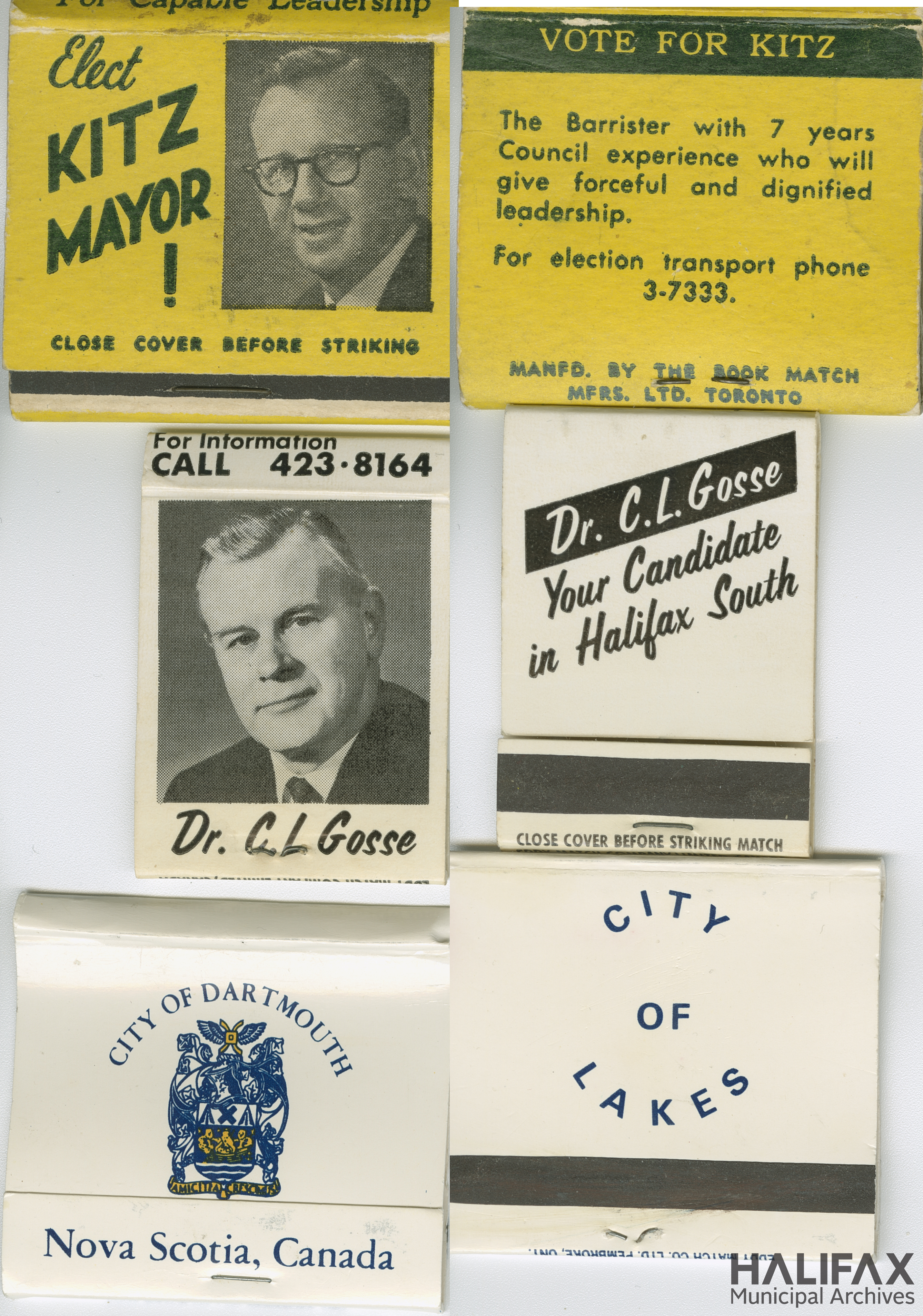
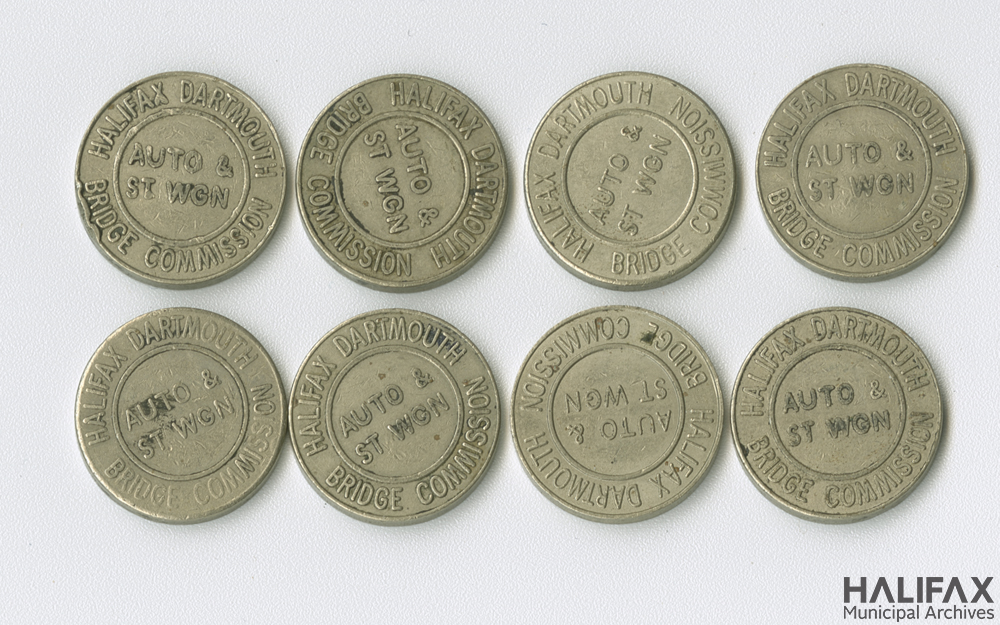
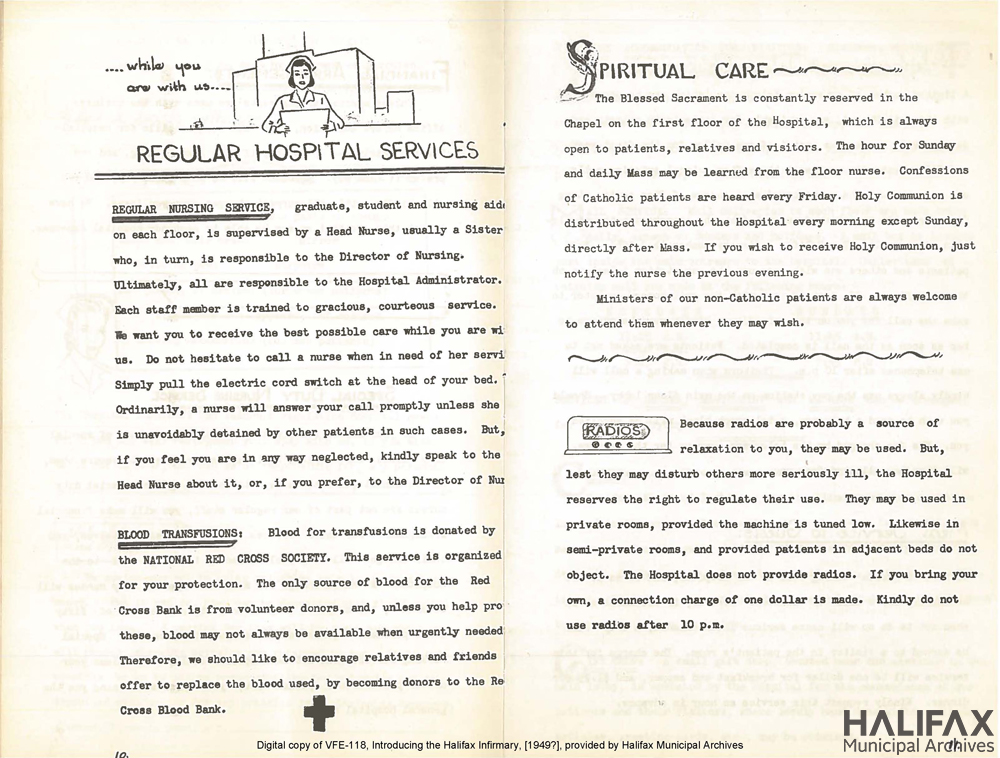
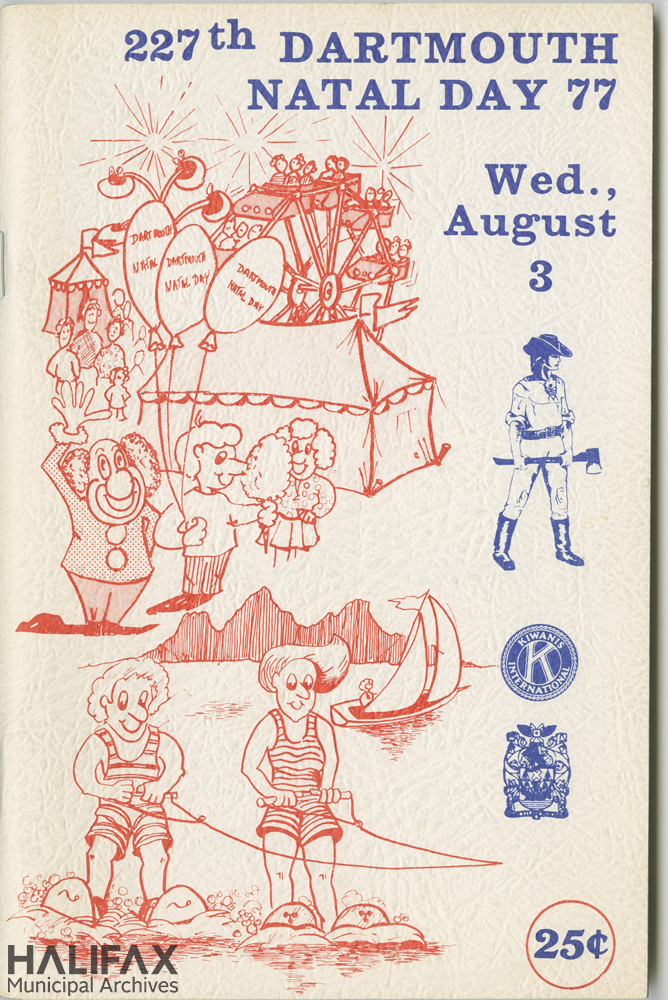
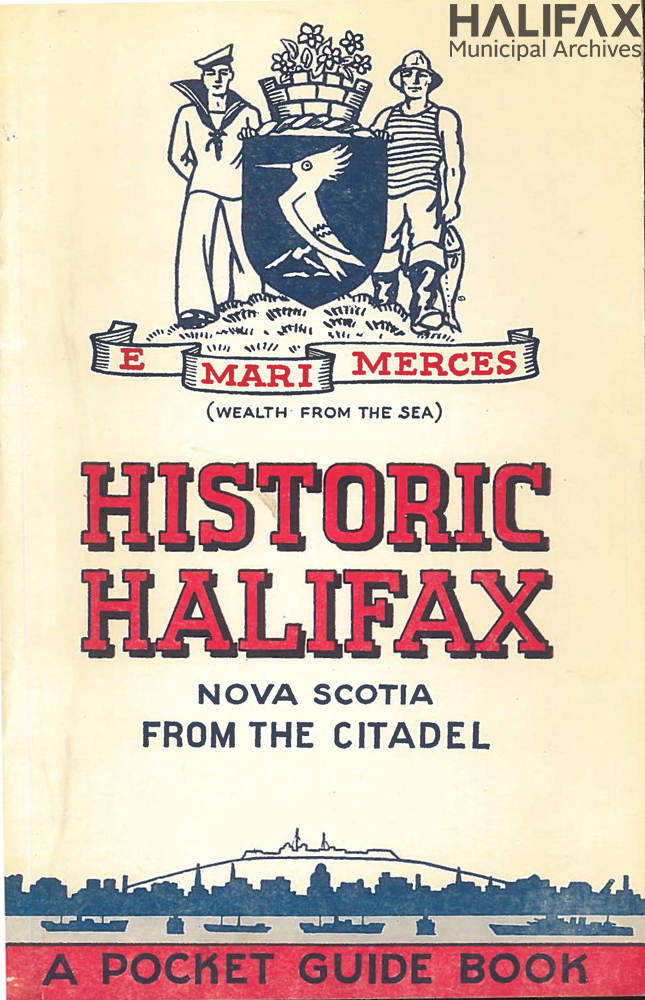
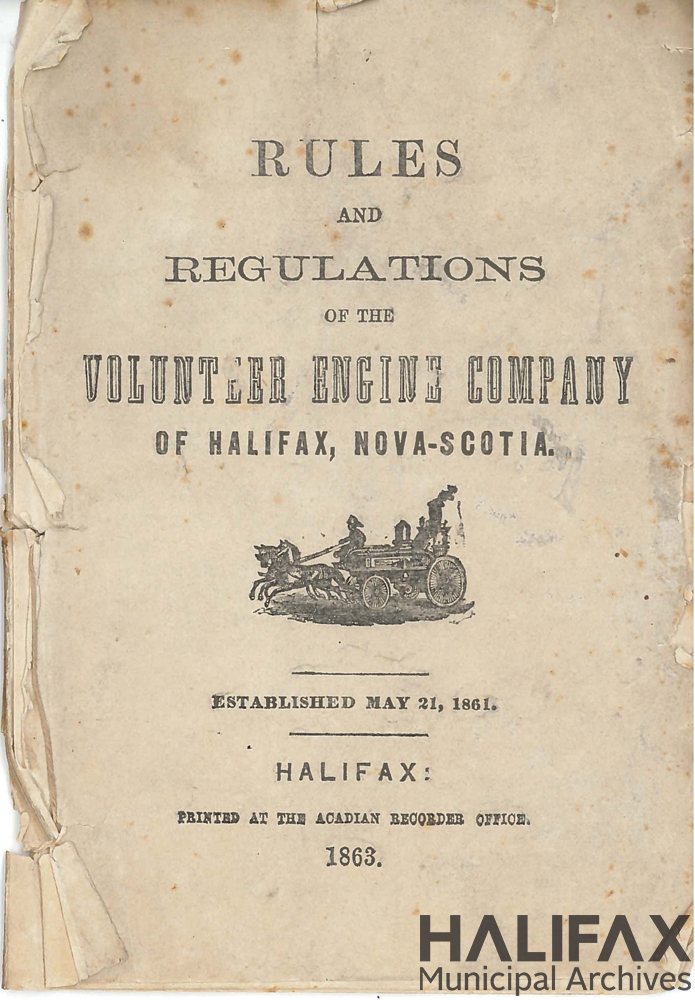
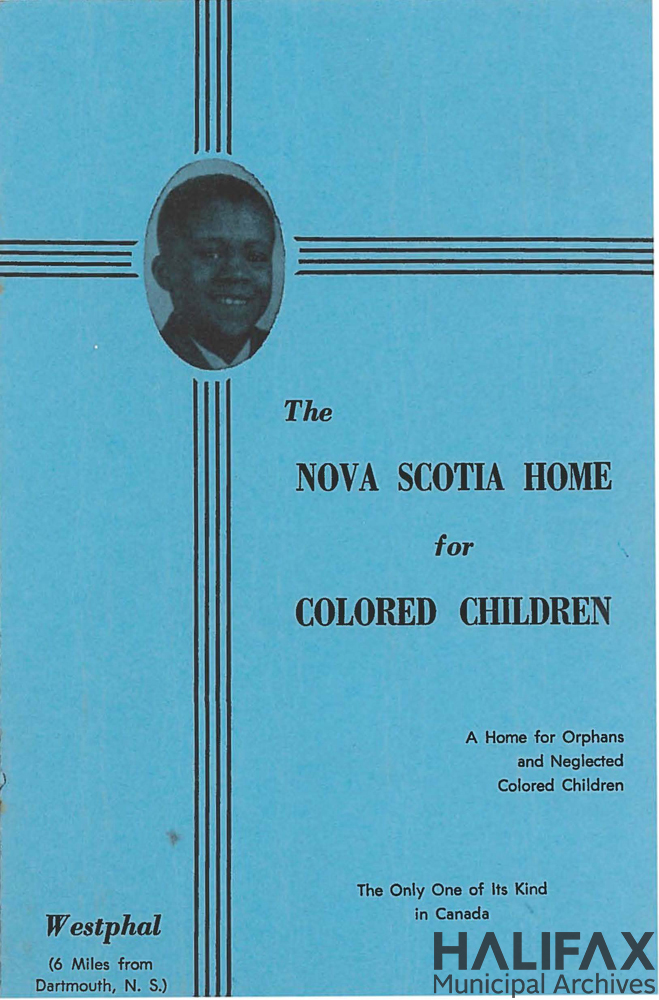


Add a comment to: Halifax Municipal Archives: The Small Joys of Ephemera